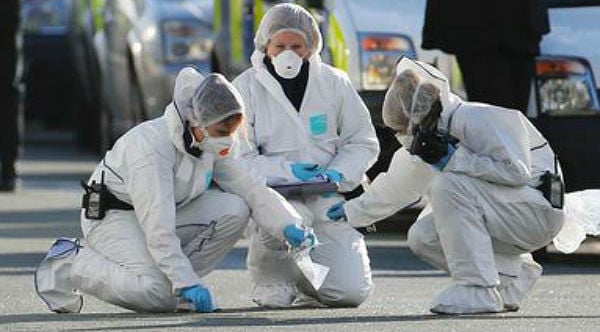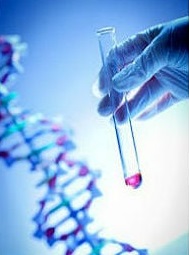The Trouble with DNA Evidence
DNA matching has come to be regarded as the “gold standard” in forensic profiling. It has even been described as “the hand of God pointing down at the guilty person”, and “the cornerstone of CSI”.
There is no doubt that DNA matching represents an important advance in forensic science. If a suspect’s DNA is found at the scene of a crime, it proves beyond any doubt that they were there.
Or does it?
Actually it doesn’t. It proves only that their DNA was left there. And that’s the elephant in the room of DNA evidence. An elephant whose presence police and forensic investigators have been reluctant to acknowledge.
Unlike fingerprints, DNA can be moved from one place to another, whether by accident or intentionally. If a person’s fingerprints are found at the scene of a crime it is possible to say with a high level of confidence that they were left there by that person. But DNA can be transferred from one location to another, or deposited on an object – a murder weapon, for example – with ease. And this is a serious and potentially fatal weakness with genetic evidence.

In a way it is remarkable that DNA evidence has come to be so widely accepted and trusted to the extent that it has. In the beginning, jurors were highly sceptical of genetic evidence. They distrusted it because they didn’t understand the science behind it, and because it dealt with statistics rather than solid facts. They found it hard to believe that a microscopic speck of tissue could be unequivocally identified as having come from a particular person. Defense lawyers took advantage of jurors’ lack of scientific knowledge to cast doubt on the reliability of DNA matches, and many criminals were acquitted despite there being what would now be considered overwhelming DNA evidence of their guilt.
In fact DNA evidence falls a long way short of the hype that surrounds it. To get an idea of how weak DNA evidence really is, imagine what would happen if the criminal fraternity figured out a way to transfer fingerprints from one place to another, or from one object to another, as easily as a person’s DNA can be transferred. A defense lawyer would only have to point out that the prints offered in evidence might have been deliberately planted for a case to be dismissed, or at least for that particular evidence to be thrown out. And yet this is precisely the current situation with DNA evidence. It is automatically assumed that the sample being offered as evidence wasn’t moved or interfered with in any way. If a defense lawyer tries to raise the possibility that their client’s DNA was planted at the scene of a crime in a deliberate attempt to incriminate them, this is usually seen as grasping at straws.

DNA by itself isn’t evidence of anything. It only becomes evidence when the person it came from denies ever being at the place it was found, or coming into contact with the object on which it was found. In most cases – and especially in the case of historic sex crimes – the value of DNA evidence relies on the police being able to trick their suspect into making a denial before letting him know that there is DNA linking him to the crime. Without that prior denial, most DNA has zero evidential value.

Though DNA profiling can indeed be decisive in a small number of cases, particularly involving rape or murder, these instances are statistically rare. Violent crimes make up just 1% of reported offences, and DNA evidence is introduced in only 2% of trials arising from those crimes. In most such cases, the DNA isn’t the linchpin for conviction — there’s typically other, stronger evidence. The true number of serious crimes in which DNA plays a crucial role is likely around 0.1%, or one in a thousand.
These shortcomings do not invalidate forensic DNA analysis. On the contrary, in the small number of cases where it is relevant, it can be decisive. It has exonerated the innocent and brought long-hidden offenders to justice. But its overall contribution to solving crime has been greatly overrated by the general public and overstated by the media.
Adapted from Beyond the Crime Scene © 2025 Zak Martin